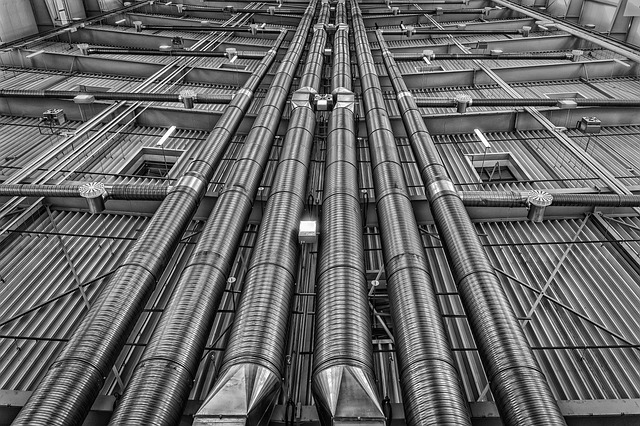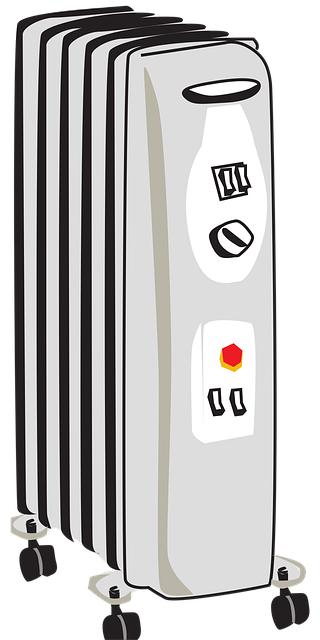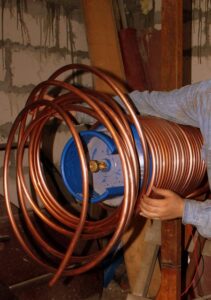Predicting 50 kW Combi Boiler Failures with Entity Adjacency Modeling
The 50 kW combi boiler is a versatile, efficient heating solution for large properties with multiple…….

The 50 kW combi boiler is a versatile, efficient heating solution for large properties with multiple bathrooms, offering hot water and central heating via natural gas or LPG. Entity adjacency modeling helps predict failure modes by mapping component relationships, especially in high-output boilers where interactions between hot water flow rate, heating capacity, and energy efficiency impact performance and reliability. Proactive measures based on these insights ensure optimal 50 kW combi boiler performance, minimizing environmental impact and preventing interruptions.
“Unraveling the intricate workings of 50 kW combi boiler systems is paramount in minimizing downtime and maintenance costs. This article explores entity adjacency modeling, a predictive approach that revolutionizes failure pattern identification. By understanding the interconnections within these complex networks, we can anticipate potential issues. We delve into the techniques behind this method, showcasing its effectiveness in preventing costly breakdowns. From system analysis to proactive maintenance strategies, this guide offers insights for optimal 50 kW combi boiler performance.”
- Understanding 50 kW Combi Boiler Systems
- Entity Adjacency Modeling Techniques
- Predicting and Preventing Failure Patterns
Understanding 50 kW Combi Boiler Systems

50 kW combi boiler systems are designed to efficiently heat large properties with multiple bathrooms, providing both hot water and central heating. These high output boilers are typically natural gas fired, though they can also be LPG compatible, making them versatile for various installations. The condensing technology incorporated into these systems not only enhances their energy efficiency but also reduces carbon emissions, contributing to a greener environment.
The 50 kW combi boiler’s ability to maintain a consistent hot water flow rate and meet the central heating capacity demands of larger homes or commercial spaces makes it a popular choice for those seeking reliable and efficient heating solutions. With an ErP A rating, these boilers are not only environmentally friendly but also cost-effective due to their energy efficiency. Understanding these systems is crucial in predicting failure patterns, ensuring optimal performance, and maintaining a comfortable living or working environment.
Entity Adjacency Modeling Techniques

Entity adjacency modeling is a powerful technique to predict and understand failure patterns in complex systems like 50 kW combi boilers. By examining the relationships between various components, this approach reveals hidden dependencies that can impact performance and reliability. In the context of high output boilers used for large property heating with multiple bathrooms, these models identify critical interactions between factors such as hot water flow rate, central heating capacity, and energy efficiency.
For instance, a 50 kW combi boiler incorporating condensing technology, capable of operating on both natural gas fired and LPG compatible fuel sources, may exhibit different failure patterns depending on usage scenarios. Entity adjacency modeling helps in comprehending these nuances, enabling engineers to optimize design and maintenance strategies. This is especially beneficial for ensuring the longevity and energy efficiency of such systems, with an ErP A-rated boiler being a prime example of a high-performance, energy-efficient solution for modern homes.
Predicting and Preventing Failure Patterns

Predicting and preventing failure patterns in 50 kW combi boilers is a key aspect of maintaining energy efficiency and ensuring reliable central heating for large properties with multiple bathrooms. By employing advanced entity adjacency modeling, engineers can gain deep insights into potential issues that may arise in these high output boilers. This method allows them to identify critical components and their interactions, enabling the development of proactive measures.
For instance, understanding the relationship between the hot water flow rate, condensing technology, and natural gas fired or LPG compatible systems can help prevent breakdowns. Energy-efficient models equipped with ErP A-rated features can also be designed to optimize performance while minimizing environmental impact. Such an approach ensures that the boiler operates at its peak, providing efficient heating for the entire property without any unwanted interruptions.
Entity adjacency modeling offers a powerful approach to predicting and preventing failure patterns in 50 kW combi boiler systems. By understanding the complex interactions between various components, this technique allows for proactive maintenance strategies, minimizing unexpected downtime. This data-driven method is crucial in ensuring the reliable operation of these essential heating systems, ultimately enhancing energy efficiency and customer satisfaction.







